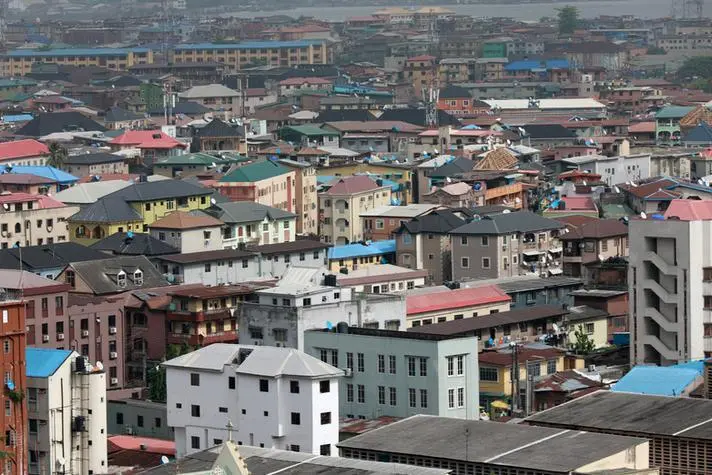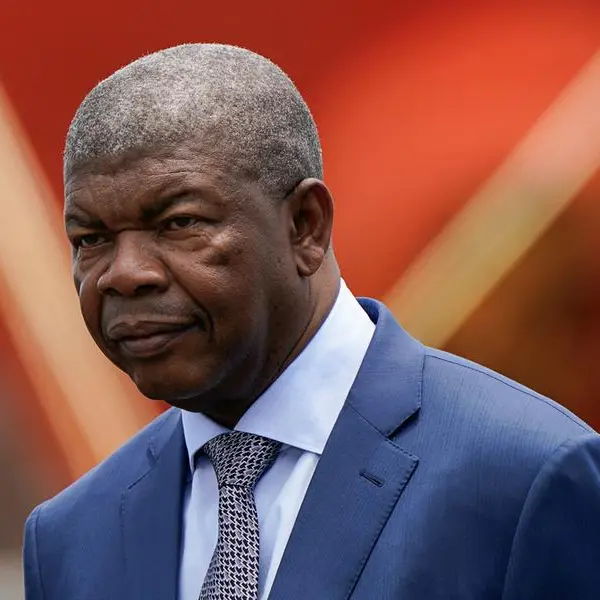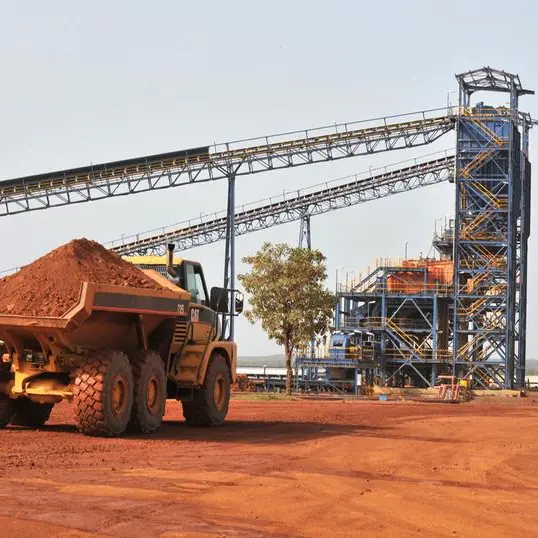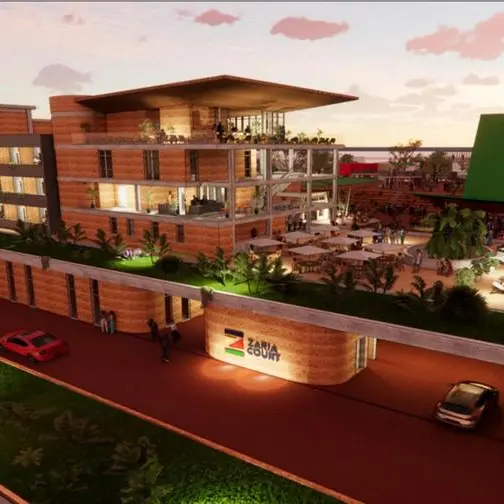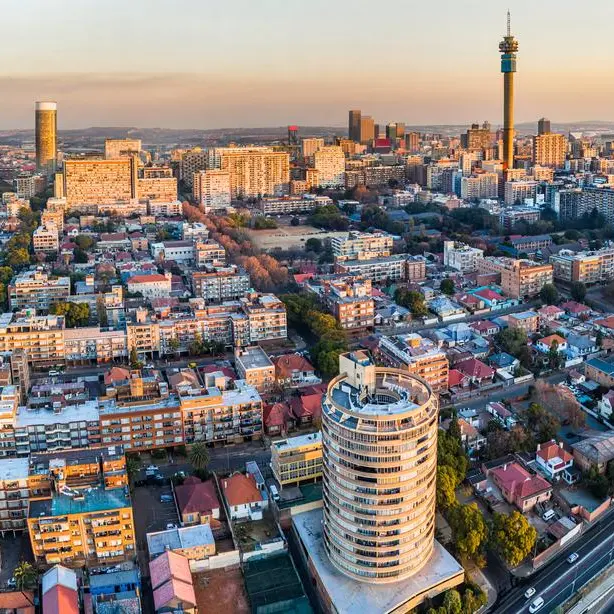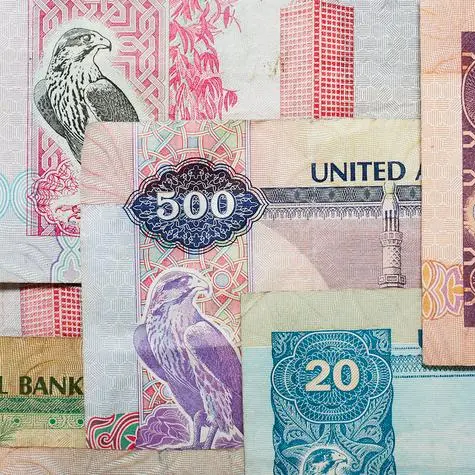PHOTO
The increase in May inflation figures, driven by higher food and core inflation, has placed Nigeria on top as the country with the highest inflation among African countries inflation data that was released in May 2024.
Nigeria’s inflation rate surged to 33.95 percent in May 2024, up from 33.69 percent in April 2024, according to the latest Consumer Price Index (CPI) report released on Saturday by the National Bureau of Statistics (NBS).
This increase of 0.26 percentage points marks a steady rise in the cost of living, with year-on-year inflation rates jumping by 11.54 percentage points from 22.41 percent in May 2023.
Related PostsChild labour: What the latest report reveals about the menace in NigeriaILO reiterates commitment to support Nigeria with tools for social protection provisionGalloping inflation caused delay in allocation of property to applicants —Ogun govt
The Nigerian Tribune’s analysis of African countries that released inflation data in the month of May revealed that Angola trails Nigeria with headline inflation at 30.16 percent in May, up from 28.2 percent the previous month.
Next to Angola is Egypt, which recorded a decrease in CPI to 28.1 percent in May from 32.5 percent in April 2024.
Other countries that released their inflation figures in May include Ethiopia with unchanged inflation figures of 23.3 percent in April and May, Ghana with an inflation dip from 25 percent in April to 23.1 percent in May, Zambia’s increase from 13.8 percent to 14.7 percent in May and Tunisia’s stable inflation data at 7.2 percent.
Others are Kenya’s increase from 5 percent to 5.1 percent; Namibia’s increase from 4.8 percent in April to 4.9 percent in May, and Uganda with the least inflation data, increasing from 3.2 percent in April to 3.6 percent in May.
However, contrary to the year-on-year marginal rise, Nigeria’s inflation dipped month-on-month by 0.15 percent, with food and core inflation dropping by 0.22 percent and 0.18 percent respectively.
According to analysts from Sterling Asset Management and Trustees Ltd (SAMTL), the drop in month-on-month inflation is a pointer that prices are gradually cooling.
“The decline in M-o-M inflation is due to the lag impact of the tight monetary policy pursued by the Monetary Policy Committee (MPC) of CBN, raising the Monetary Policy Rate (MPR) by 600 basis points (six percent) in February and March and an additional hike of the policy rate by 150 basis points (1.5 percent) to 26.25 percent in May.
The policy caused the exchange rate to be relatively stable at an average of N1436/1US$ in May,” the SAMTL analysts stated in a research note.
Further analysis of Nigeria›s foreign exchange market showed relative stability in the exchange rate due to the second tranche inflow of $925 million out of the $3.3 billion crude oil-backed loan agreement received from the African Export-Import Bank, expected to maintain FX stability and be a drag on prices.
In the coming months, inflation is anticipated to persist in its declining growth rate due to ongoing food supply shocks, high demand from the Eid-Mubarak festive period, and the upcoming increase in the minimum wage, according to SAMTL research.
Copyright © 2022 Nigerian Tribune Provided by SyndiGate Media Inc. (Syndigate.info).
